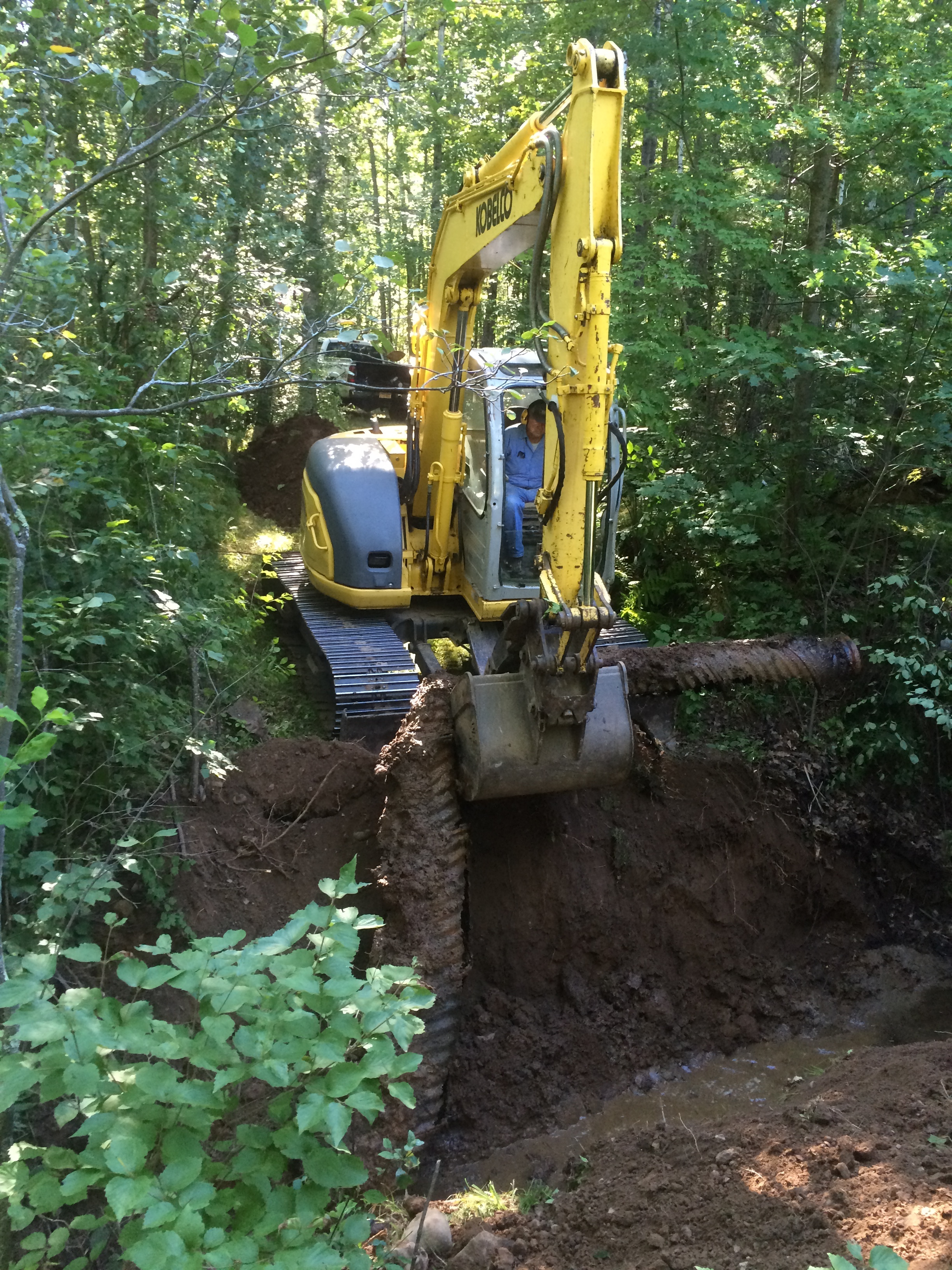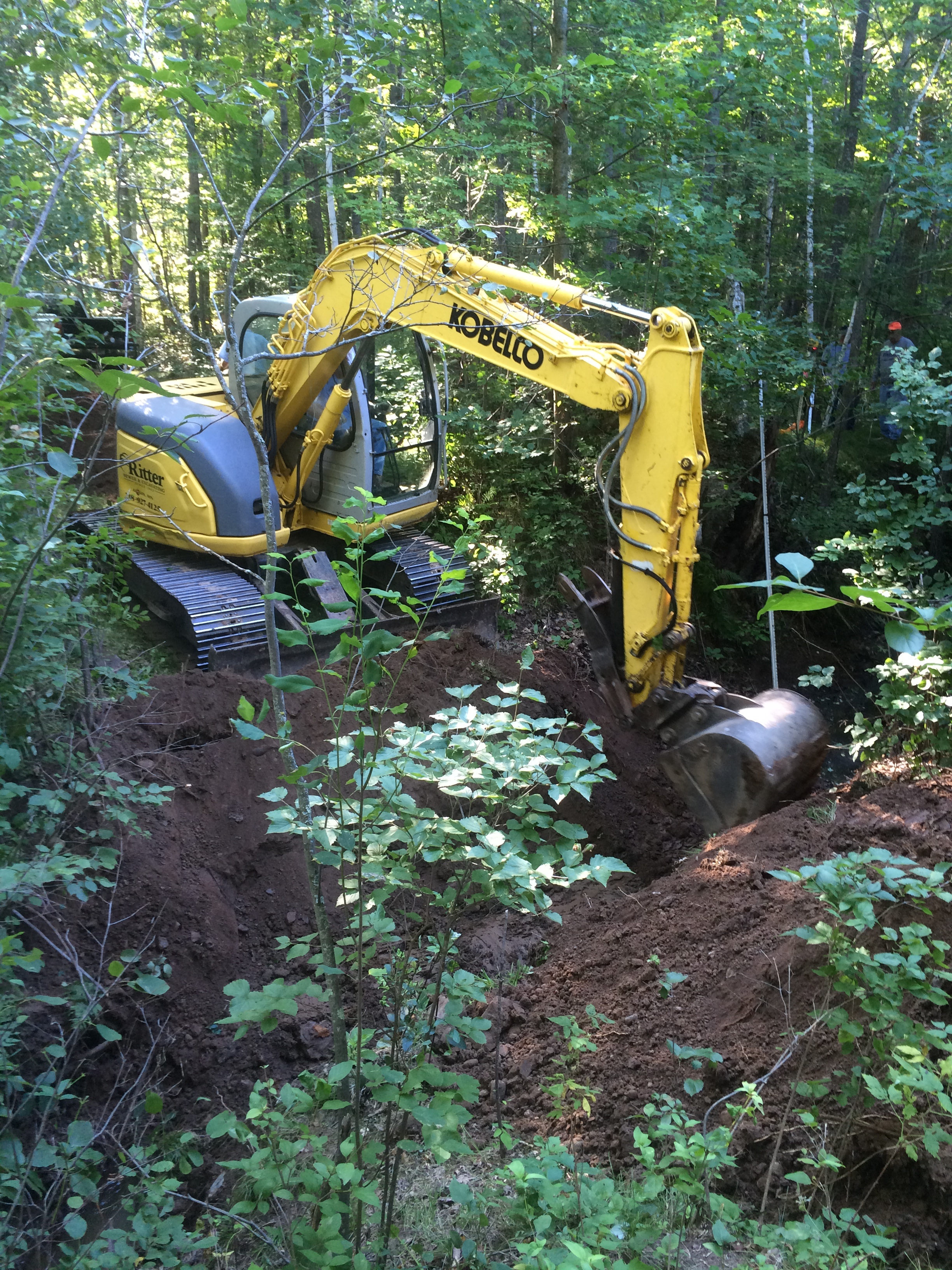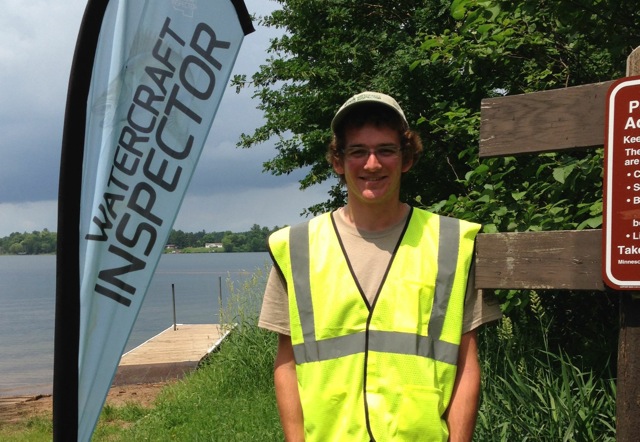A few years ago, my wife and I had the good fortune to be relocated to England for a couple of years. While we were gone, nobody did anything to our shoreline and nature had a chance to take back our shoreline along the lake. When I got home permanently, I was horrified to see how the shoreline had changed. No longer was it the nice riprap rocks melting into soft pure sands. In their place were willow trees growing out of the lake, lots and lots of decaying materials washing against the rocks and the branches…well, you get the picture…nature had made a valiant attempt to reclaim our shoreline!
So what did I do? I set about reclaiming my nice neat little beach and dock area. I pulled out all the growing things, cleaned out all the natural debris and made it look nice again. While I was doing my cleanup, I couldn’t help but notice the myriad of little creatures that occupied the space. There were small fish, frogs, crawdads, dragonfly larvae and LOTS of other squiggly things and bugs within two feet of shore. Go down there today and, guess what…..they’re all gone….simply because I took away their natural habitat. I tell you this not to provide an opportunity for public flogging but rather to let you know that I think in our quest for a nice pristine shoreline, we’re doing our non-human fellow inhabitants a large disservice. Without the proper habitat, there’s no place for these food chain dependent creatures to go….and with THEM, go the fish of all species.
I recently visited with the local DNR and got an update on the latest fish survey done June 15-18. I reported about it in the last newsletter. You can read all about what they found in that newsletter, but here’s the gist of it. Since the mid 80’s our fish population has been on the decline…all species…bass, pan fish, crappies, walleyes and northern pike. Although not so easy to detect, the graph on the next page shows the story.
So what can be done about it? Well, there are a number of things that can be done, but one of the biggest things we can do is to restore the shorelines to their more natural state…or simply let Mother Nature do it for us…albeit it will take longer.
Jack Skrypek, retired DNR Fisheries chief puts it this way, “I believe that one of the primary reasons that fishing has declined on many lakes is because of alterations to lakeshore habitat by shoreline property owners.” Shoreline habitat is essential to a strong and vibrant ecosystem in a lake. Native vegetation, bottom materials, and natural debris play essential roles in the lifecycles of fish and other shoreline wildlife. Shoreline alterations can damage or destroy these habitat components (just like my uneducated actions did) and sever essential strands in the ecosystem web. As a result, the ecosystem is weakened, wildlife move elsewhere and fish populations decline.
Here are a few tips for preserving (and perhaps even improving?) Lone Lake’s fish and wildlife populations:
Share the Beach: If you have 100’ of shoreline, consider reverting 75’ back to its natural condition (or let it go wild on its own) while keeping 25’ for boats, dock and swimming areas.
Provide Buffer Strips: You can have a nice yard/lawn and still keep the lake populations flourishing by restoring the last 30 feet or so down to the lake in natural grasses, shrubs and native trees. You can still have a nice lawn near your house or cabin while providing habitat for songbirds, ducks, butterflies and other wildlife.
Leave Fallen Trees: Sometimes called “Coarse Woody Habitat,” such habitat is important to fish and wildlife…especially fish. The wood provides a place for algae production that is a food source for many invertebrate creatures needed in the food chain AND (get this) it provides a natural filtering system for cleaner water! It also provides cover for spawning and younger juvenile fish. Ask any fisherperson if they can catch fish around fallen trees and stumps….and they’ll all give you a resounding YES! Such debris also provides a natural barrier to wind and rain erosion that dumps many unwanted chemicals into our lake. Wave action and boat wakes stir up sediment, causing the lake water to become murky. If sunlight cannot penetrate the cloudy water, many healthy and vibrant lakes can begin to become less desirable…..and as you know…our water quality is one of the most attractive features of Lone Lake!

















